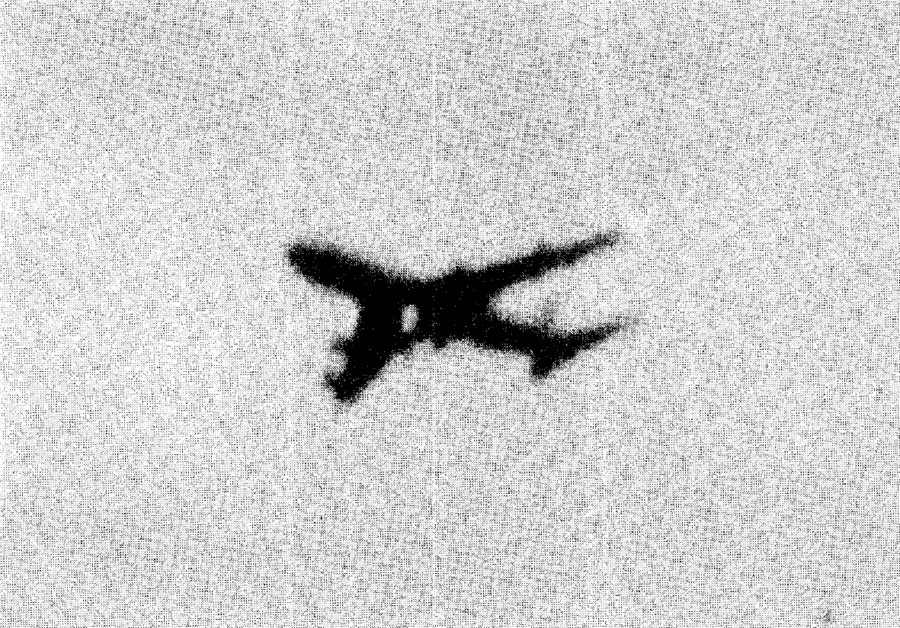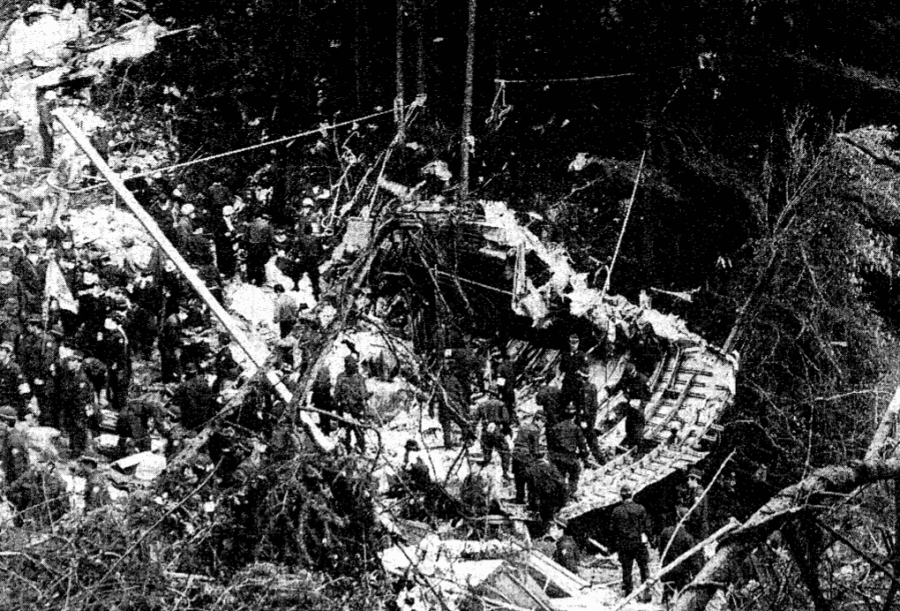Japan Air Lines Flight 123: The Deadliest Single-Aircraft Accident In Aviation History

JTSBJapan Air Lines Flight 123, pictured about six minutes before its disastrous crash.
On the evening of August 12, 1985, a housewife in Nagano Prefecture, Japan, looked up and saw a plane flying dangerously low in the sky. “An aircraft flew over my house headed south,” she recalled, according to The Guardian. “The aircraft was lower on the left side and appeared to be on the verge of falling.” She had witnessed the aircraft at the center of one of the worst plane crashes in history, the crash of Japan Air Lines Flight 123, in which 520 people died.
The deadliest single-aircraft accident in aviation history, the crash of Japan Air Lines Flight 123 was also remarkably tragic. That night, many of the passengers onboard were traveling home to Osaka for the Obon festival to see their families. The Guardian reported that there were also 12 infants onboard when the plane catastrophically crashed into Mount Takamagahara.
Unlike the Tenerife Airport Disaster, in which a number of factors — including pilot error — led to a deadly crash, Japan Air Lines Flight 123 experienced an explosive decompression shortly after takeoff because of faulty equipment on the aircraft. Later investigations found that improper repair work had paved the way for a “catastrophic failure of the entire bulkhead.”
Though the pilot, Masami Takahama, did everything he could to keep his plane in the air, it crashed into the mountain about 45 minutes after takeoff. The mountainous terrain made rescue efforts extremely difficult, and rescue crews weren’t able to reach the crash site until 14 hours later.
By then, just four people were still alive.

JTSBThe wreckage of Japan Air Lines Flight 123.
One of them, an off-duty flight attendant named Yumi Ochiai, was traveling from Tokyo to Osaka specifically for the holidays. As the plane dropped, she remembered white mist filling the cabin air, panic and screaming among the passengers, and how some people tried writing messages for their families.
“Seats, cushions, and other objects around me flew into the air,” she said of the crash, according to the Los Angeles Times. “Seats fell on top of me, and I couldn’t move. My stomach hurt so bad it felt like it was going to be torn to pieces. Finally, with all the strength I could muster, I was able to unfasten the seat belt. But I was pinned between seats and couldn’t move.”
Ochiai and the other three survivors were ultimately rescued. Incredibly, she endured only fractures in her pelvis and arm.





